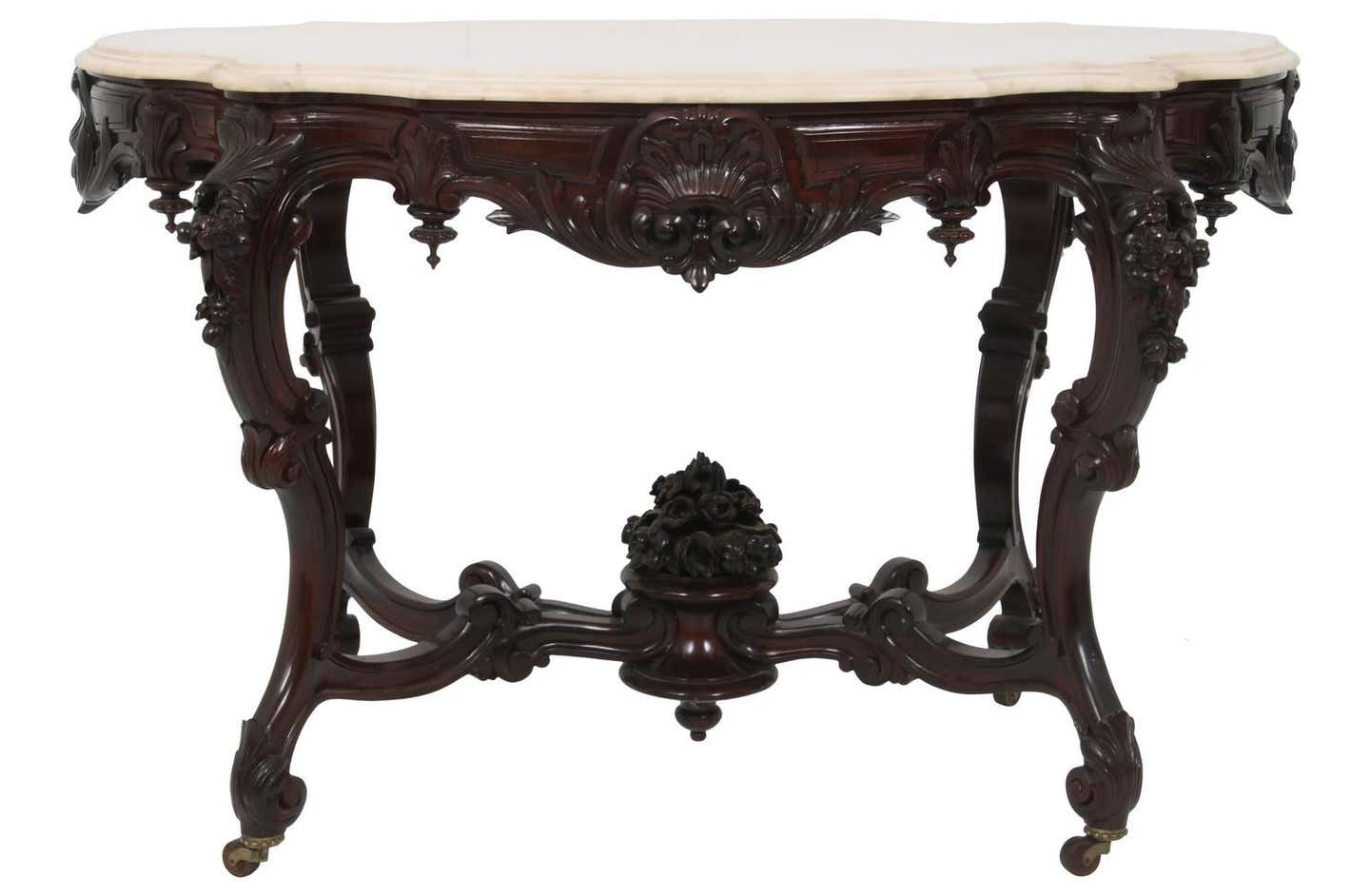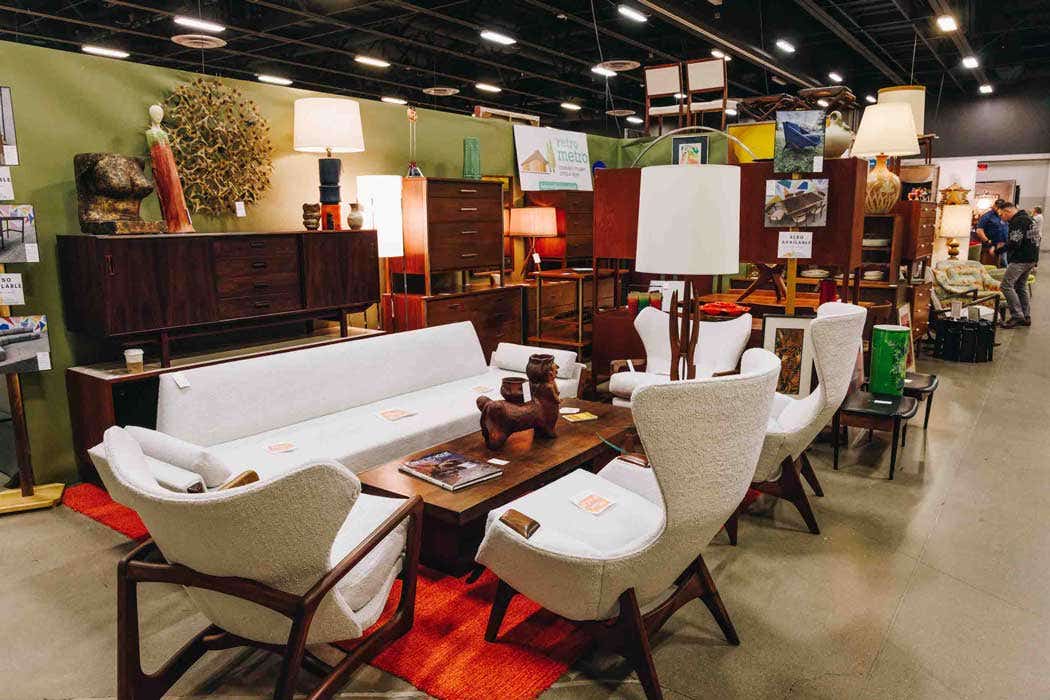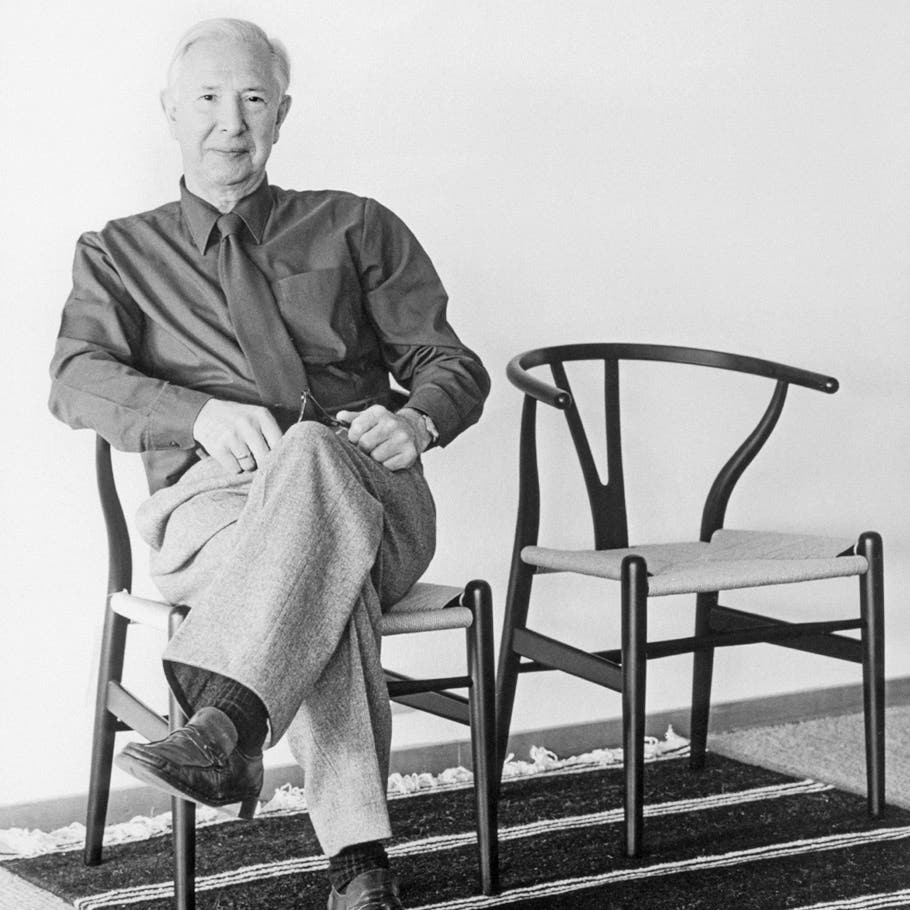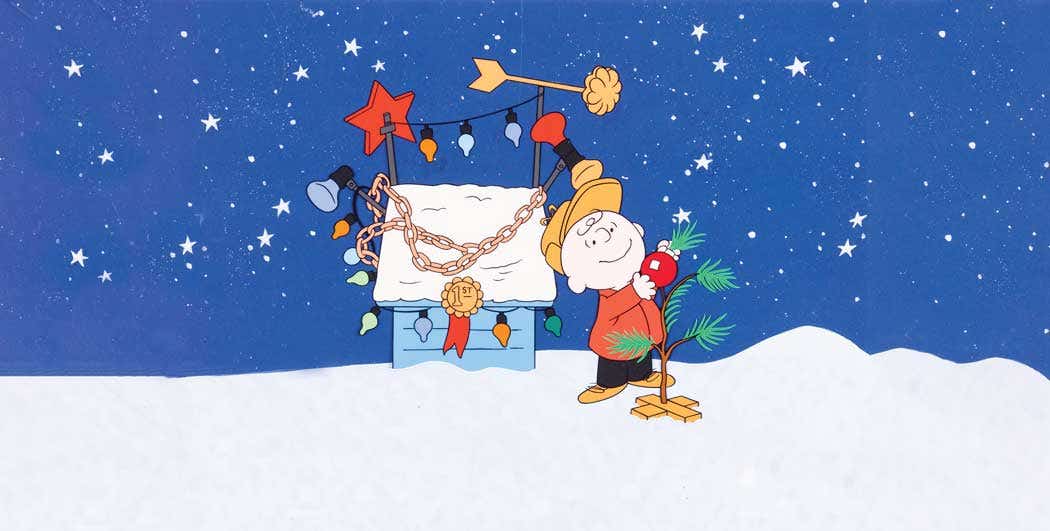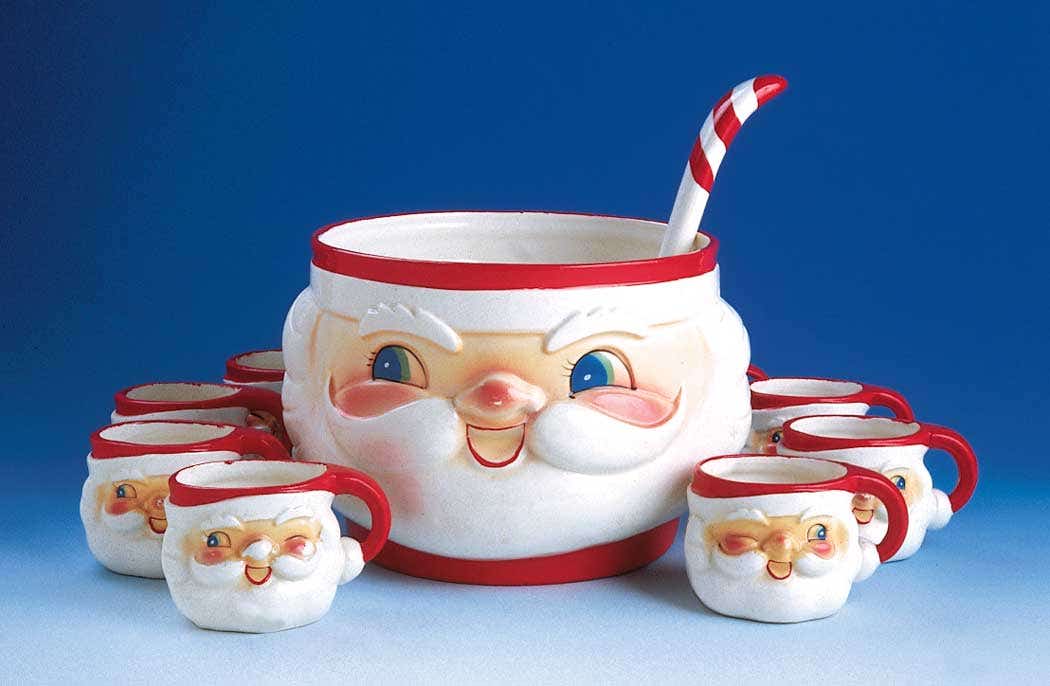Enjoy your high spirits on a low table
The topic of coffee tables always seems to draw much discussion about how old or not old the concept of these low tables really is. Here Furniture Detective Fred Taylor weighs in.
Nothing better than going over to a neighbor’s house on a cool, crisp fall afternoon to watch the college game of the week or the upcoming pro event. You and Mr. Neighbor get comfortable with a cold refreshment, kick back on the large sloppy couch, with feet leisurely perched atop the coffee table (don’t look at me - he did it first). The game starts and everything is fine until Mrs. Neighbor passes through the room and threatens both of you with bodily injury if you don’t get your feet off her antique coffee table.
Truths Told Through Tables
Fair enough. But is that coffee table really a genuine antique? Partly it depends on what you call an antique, but by most measures it means at least 100 years old. To the hard core it means much older than that. There are many verifiable antique items in many homes. They range from dining tables to chairs, chests, beds, armoires, china cabinets, claret cabinets, tea tables, desks and all manner of other items made in prior centuries. But a coffee table? That is a definite maybe.
By the current definition a coffee table is a low, wide table placed in front of a couch to receive drinks, TV remotes, magazines, ashtrays and other miscellaneous detritus of modern life. But a quick look back in time doesn’t show many similar tables in Western history.
Old photos of late Victorian period room settings show taller tables, often placed behind a sofa to receive cups and glasses when not in use. Some of the photos depicting the “Moorish/Turkish taste” of some in the period as illustrated and explained in Eileen and Richard Dubrow’s book “American Furniture of the 19th Century 1840-1880” (Schiffer) do show low tables but they are more suited for participants sitting on the floor or on a carpet to partake in a water pipe or are placed as end tables next to individual seating, much taller than the generally accepted height of 17 to 18 inches for modern coffee tables.
Legend of the Low Table
In Helen Comstock’s excellent survey “American Furniture” (Schiffer), there is no indication of any type of low table at all and Judith and Martin Millers’ “The Antiques Directory – Furniture” (Portland House) likewise reveals no low tables. Other books devoted to antique furniture show no examples of Federal low tables or of Empire coffee tables. The “Encyclopedia of Furniture” by Joseph Aronson in 1938 states, “There is no historical precedent.”
So where did our beloved catch-all short table come from? There are lots of ideas but not much solid evidence. One school of thought is based on Oriental design. America was taken with the Japanese exhibit at the Centennial Exposition in Philadelphia in 1876. So much so that elements of Oriental design worked their way into many areas of American furniture. The most notable was the Aesthetic Movement of the 1880s that blended Eastlake and Renaissance Revival concepts with Oriental designs. Less noticeable but there nonetheless was the use of Oriental motifs in chair design, especially in platform rockers of the period and in folding chairs. It would have been a natural progression to adopt the standard of a low Oriental table to a parlor setting.
Setting Sights on Revival
One unnamed source cites the making of low coffee tables in Revival styles in the late 19th century but cites no examples or illustrations. In their somewhat light hearted approach to the history of the subject authors Alexander Payne and James Zemaitis in “The Coffee Table Coffee Table Book” (Black Dog Publishing, 2003), come to the conclusion that the coffee table is a 20th century invention. They use the French “table bas” as the basis. This refers to a low table that was placed around the perimeter of a room rather than in the center. They state that in 1915 fashion magazines started showing the tables in the middle of the room and the concept literally flew across continents and borders to become routine in American households.
On the other hand, there is a more local source. In 1903 F. Stuart Foote founded the Imperial Furniture Company in Grand Rapids, Michigan. He had learned the furniture business from his father, E.H. Foote, who had founded the Grand Rapids Chair Company in 1872. Good stock.
Early in the history of the company, according to “Grand Rapids Furniture – The Story of American’s Furniture City” by Christian Carron (published by The Public Museum of Grand Rapids), Foote claimed to have invented the coffee table himself while helping his wife prepare for a party. He simply lowered the legs on an existing table and the new form was born fully developed. So there you have it. Maybe.
Spirits' Influence on Tables
There is one other important element in the development of the coffee table. It's the failed social experiment fondly referred to as “Prohibition.” From 1920 to 1933 America was legally “dry.” That led to all sorts of things, but one thing it definitely led to was a shortage of well blended, smooth-tasting spirits. To supplement the short supply came “bath tub gin” and “white lightning” both full of kick with a raw edge. That led to the invention of the “cocktail” a mixture of ragged spirits with something that tasted good to disguise the raw rotgut liquor.
When Prohibition was repealed in 1933 the table previously known as the coffee table suddenly became the “cocktail table.” Many people openly celebrated at home with friends over the new freedom. Sales of the low table skyrocketed, even in the depths of the Depression.
Colonial Influence
Another thing that was popular in the depths of the Depression was the Colonial Revival, which was more fallout from the 1876 Exposition. All kinds of furniture was suddenly being made in supposedly “colonial” styles. In addition, many of the designers took great liberties in mixing and matching styles and periods. This allowed them to come up with new dining room and bedroom set ideas. The same thing happened to coffee tables. All of a sudden there were Queen Anne coffee tables, Chippendale coffee tables, Jacobean coffee tables and Federal coffee tables.
Of course, none of them were period pieces and everybody knew that at that time.
But today, three or more generations later, some of those Depression-era tables look pretty old and exotic to new buyers. So they must be “antique” – right? Probably not, but if it makes you happy ...
With more than 30 in the antique furniture business, Fred Taylor is a household name when it comes to the practical methods of identifying older and antique furniture: construction techniques; construction materials; and style.



